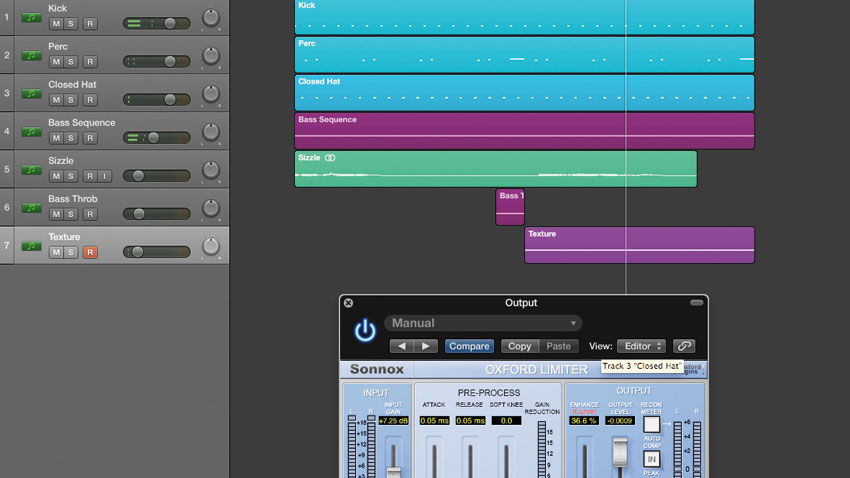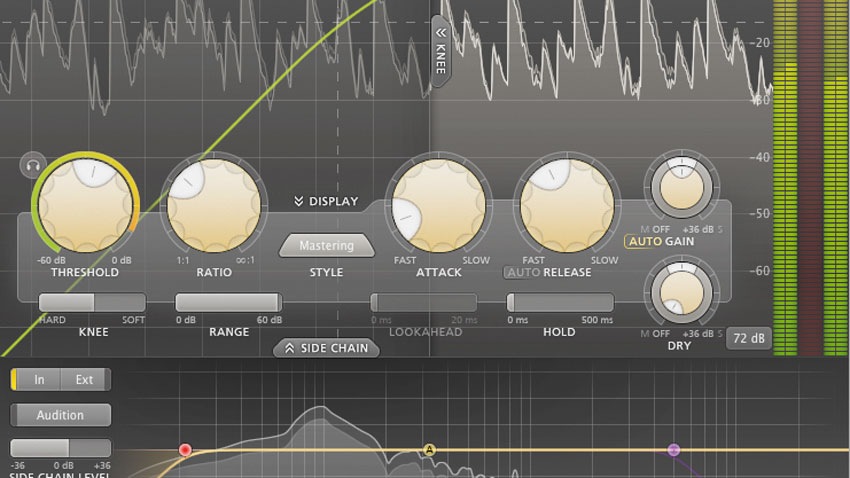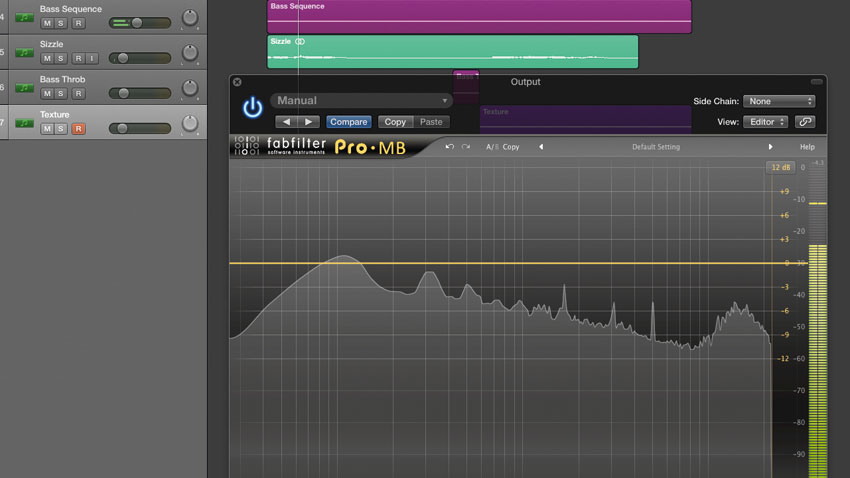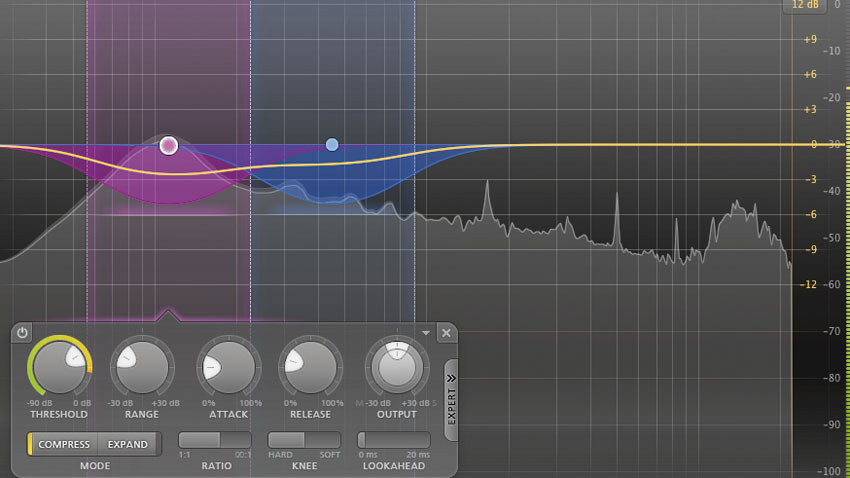When to use multiband rather than stereo compression on your output channel
What does multiband compression have that stereo compression doesn't? Flexibility…

When you need to control the dynamics of multiple signals together, a multiband compressor is the tool to reach for, enabling discrete frequency bands to be compressed separately within the one plugin. Clearly, then, this makes it the ideal choice for use on your DAW's master output, where all the sounds in the mix come together.
Of course, there are also times when you'll want to use stereo compression at the very end of the chain - to impart the particular sound of a vintage classic on a mix, say - but when precision and transparency are the goal, multiband is the way to go.
In this walkthrough, we'll compare stereo and multiband master compression by demonstrating the functional and sonic differences between them.
For more dynamics-related trickery, see Future Music issue 307's Modern Dynamics feature.

Step 1: We start with a track programmed from several sound sources, providing beats, bass, unusual atmospheres and a one-time bass throb. We're inserting the 'last' output chain processor first here: the Sonnox Limiter, in the final insert slot of our output channel.

Step 2: In the slot above this - ie, before the limiter in the signal flow - we insert the FabFilter Pro-C 2 stereo compressor. We switch the Pro-C 2 to its Mastering algorithm and reduce the Ratio to 1.7:1. The Attack time is fast, the Release time is slow.

Step 3: This muddies the mix considerably. The compressor is responding to the weight of bottom-end content, bringing a flabbiness to the whole mix and a much less crisp result. We roll off bass content from the internal sidechain to bring back some of the upper frequency punch.
Want all the hottest music and gear news, reviews, deals, features and more, direct to your inbox? Sign up here.

Step 4: This is more effective, but we're still trying to fix two things with one tool. We want to get the bass under control, but we don't want to sacrifice punch and clarity to achieve it. So, we bypass the Pro-C 2 and instantiate the Pro-MB (multiband) compressor instead.

Step 5: We start by targeting the bottom end of the mix with two separate bands. The first (purple) covers the bass, at a ratio of 3:1, enabling tighter control. The attack is quick, while a longer release gives a more natural recovery. The second band (blue) controls the low mid-range.

Step 6: Two more bands are added. The first (green) covers the upper mid-range and low treble. There's plenty of top-end to the kick and we don't want to lose the spank it provides, but with some compression, we can control some of the crackle in the texture sound. The top-end is gently smoothed too (purple).
Future Music is the number one magazine for today's producers. Packed with technique and technology we'll help you make great new music. All-access artist interviews, in-depth gear reviews, essential production tutorials and much more. Every marvellous monthly edition features reliable reviews of the latest and greatest hardware and software technology and techniques, unparalleled advice, in-depth interviews, sensational free samples and so much more to improve the experience and outcome of your music-making.
